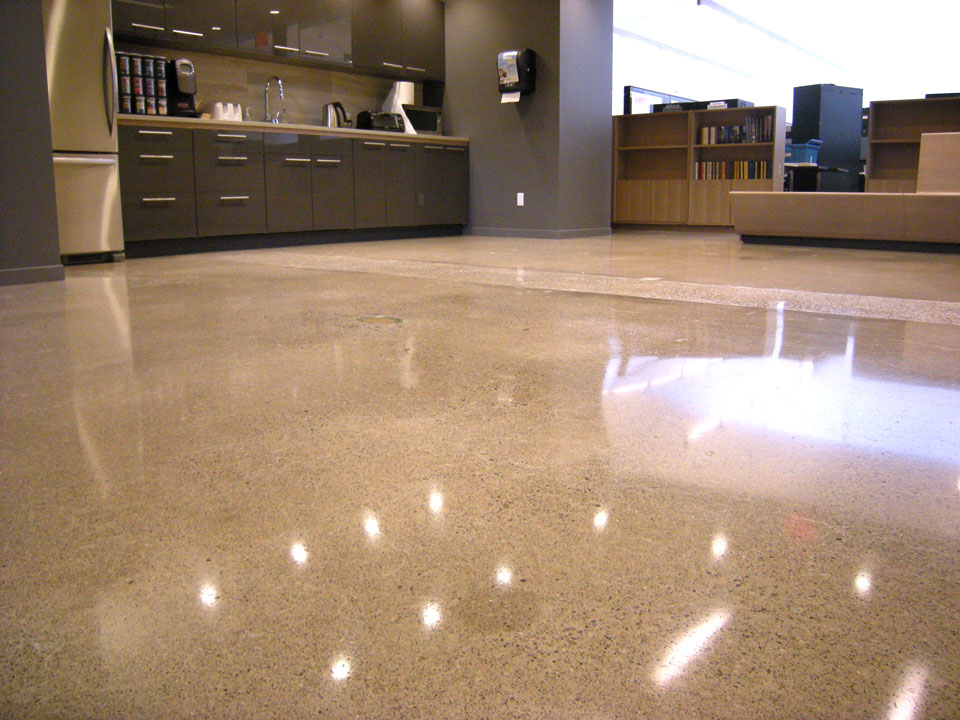When it comes to concrete polishing, one of the key factors that can make or break the process is the choice of polishing pads. These seemingly humble tools play a crucial role in achieving that perfect, glossy finish on your concrete floors. But with so many Melbourne concrete polishing options available, how do you know which ones are right for your project? Don’t worry; we’ve got you covered!
In this guide, we’ll walk you through the steps to select the ideal polishing pads for your concrete polishing project.
- Know Your Concrete
Before diving headfirst into the world of polishing pads, it’s important to understand the type of concrete you’re working with. Is it a newer, denser mix or an older, softer one? The hardness of the concrete will influence your choice of Melbourne concrete polishing pads. For harder concrete, a pad with a higher grit number will be more effective, while softer concrete may require a lower grit pad to prevent over-aggressive polishing.
- Consider the Grit
Grit is the key player in the world of concrete polishing. It refers to the coarseness or fineness of the pad and is denoted by a number. Lower grit numbers, such as 30 or 50, are more aggressive and are used for initial rough grinding. Higher grit numbers, like 800 or 1500, are finer and are employed for the final stages of polishing to achieve that stunning, mirror-like finish.
- Pad Material Matters
Polishing pads are available in various materials, each designed for specific tasks in the concrete polishing process. Here are the most common types:
Resin Pads: These are versatile and suitable for both wet and dry concrete polishing. They are known for their durability and are excellent for achieving a high-gloss finish.
Metal Bond Pads: Ideal for heavy-duty concrete polishing, these pads are incredibly durable and are capable of removing deep scratches and blemishes.

Hybrid Pads: As the name suggests, these pads combine the qualities of both resin and metal bond pads. They offer a good balance of aggressiveness and finishing capabilities.
- Consider Wet vs. Dry Polishing
Another crucial consideration is whether you’ll be using water (wet) or working without it (dry) during the concrete polishing process. Some pads are designed specifically for wet polishing, while others are suitable for both wet and dry applications. Make sure to select pads that align with your chosen method.
- Evaluate Pad Size and Shape
The size and shape of the polishing pads also play a role in the efficiency and effectiveness of your concrete polishing project. Larger pads cover more surface area, making them ideal for open spaces, while smaller pads offer more precision and are perfect for tight or intricate areas.
Conclusion
In conclusion, the key to successful Melbourne concrete polishing lies in the thoughtful selection of polishing pads. Understanding your concrete, choosing the right grit, considering the pad material, deciding between wet and dry polishing, and evaluating pad size and shape are all crucial steps in this process.
By taking these factors into account, you’ll be well on your way to achieving a beautifully polished concrete floor that will be the envy of all who see it. Happy polishing!

